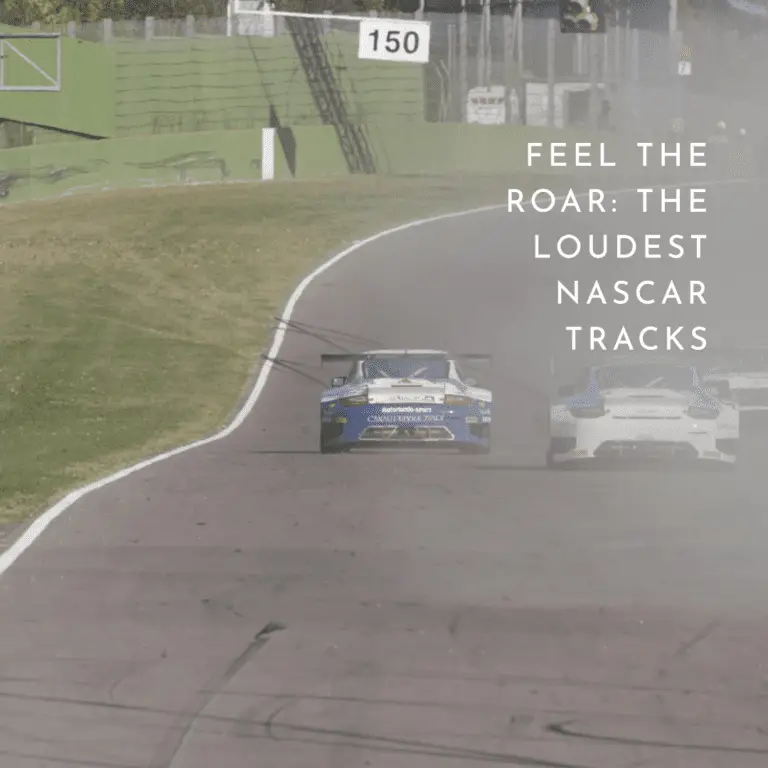If you are a fan of motorsports, you probably know what NASCAR is. NASCAR stands for National Association for Stock Car Auto Racing, and it is one of the most popular and competitive racing series in the world. These races feature stock cars that are modified to achieve high speeds and performance on various types of tracks. NASCAR tracks come in four major types: short, intermediate, superspeedway, and road course. Short tracks are oval-shaped and under one mile in length. Intermediate tracks are between one and two miles around the oval. Superspeedway tracks are the biggest of the oval tracks at more than two miles around. Road courses are the least common and often the longest with several twists and turns.
One of the most distinctive aspects of NASCAR racing is the noise level. NASCAR cars are equipped with powerful engines that produce loud sounds that can reach up to 140 decibels (dB), which is equivalent to a jet engine or a gunshot. The noise level varies depending on the type of track, as well as other factors such as the track design, surface, banking, and grandstands. Some tracks are louder than others, creating a unique challenge for both drivers and fans.
In this article, we will explore some of the loudest NASCAR tracks in history and why they are worth visiting. We will also provide some tips on how to enjoy a loud NASCAR race safely without damaging your hearing. Whether you are a seasoned fan or a curious newcomer, you will find something interesting and exciting in this guide.
Factors for the loudest NASCAR tracks
what is the loudest NASCAR tracks? and What makes a track loud? There are several factors that influence the noise level at a NASCAR race, but here are some of the most important ones:
-
Track design:
The shape and size of the track affect how the sound waves travel and bounce off the walls. Some tracks have more curves or turns than others, which create more echoes and reverberations. For example, Bristol Motor Speedway is known as one of the loudest tracks because it has a bowl-like shape that traps the sound inside.
-
Track surface:
The material and condition of the track surface affect how much friction and vibration are generated by the tires. Some tracks have smoother surfaces than others, which reduce the noise level. For example, Indianapolis Motor Speedway has an asphalt surface that is relatively quiet compared to other tracks.
-
Track banking:
The angle or slope of the track affects how fast and close the cars can run together. Some tracks have steeper banking than others, which allow for higher speeds and tighter packs. For example, Talladega Superspeedway has 33 degrees of banking, which creates a lot of noise when cars race side by side.
-
Track grandstands:
The height and width of the grandstands affect how much sound is reflected and amplified by the crowd. Some tracks have larger grandstands than others, which create more noise when fans cheer or boo. For example, Daytona International Speedway has a capacity of 101,000 spectators, which makes it one of the loudest tracks when it is full.
The noise level at a NASCAR track can have both positive and negative effects on drivers and fans. On one hand, the noise can create a thrilling and exhilarating atmosphere that boosts the adrenaline and excitement of the race. On the other hand, the noise can also create a stressful and exhausting environment that affects the concentration and performance of the drivers and the hearing and comfort of the fans.
The Top Five Loudest NASCAR Tracks
Based on decibel measurements and fan opinions, here are some of the loudest NASCAR tracks in history:
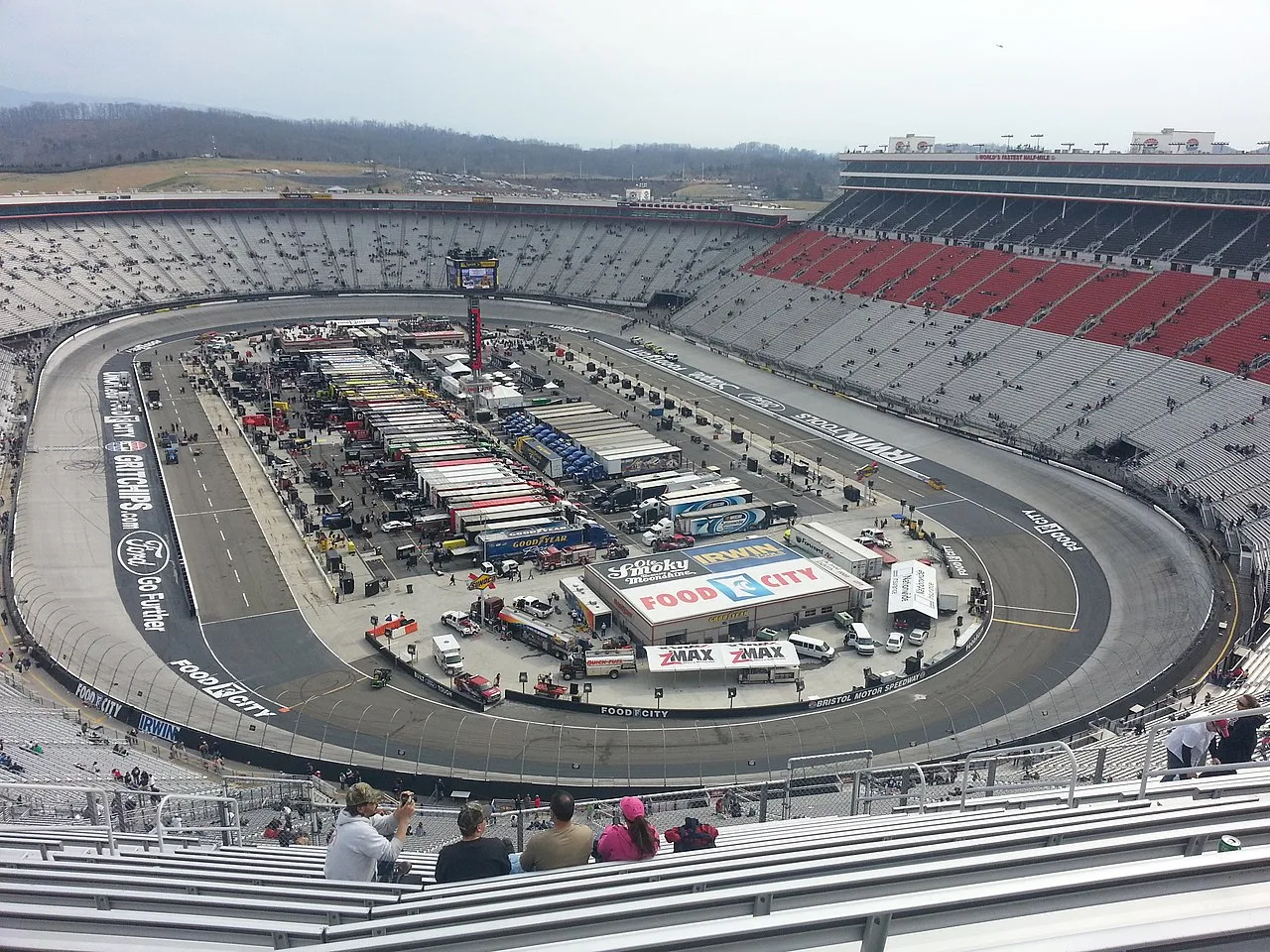
-
Bristol Motor Speedway:
Located in Bristol, Tennessee, this 0.533-mile short track is widely regarded as the loudest track in NASCAR. The track has a concrete surface, 24 to 28 degrees of banking, and a capacity of 162,000 spectators. The track is nicknamed “The Last Great Colosseum” because of its bowl-like shape that traps the sound inside. The noise level at Bristol can reach up to 130 dB, which is louder than a rock concert or a thunderclap. Some drivers have described racing at Bristol as “driving in a jet fighter cockpit” or “being inside a blender”. Some fans have said that they can feel the sound in their chest and bones. Bristol is famous for its intense and aggressive racing, as well as its loyal and passionate fans.
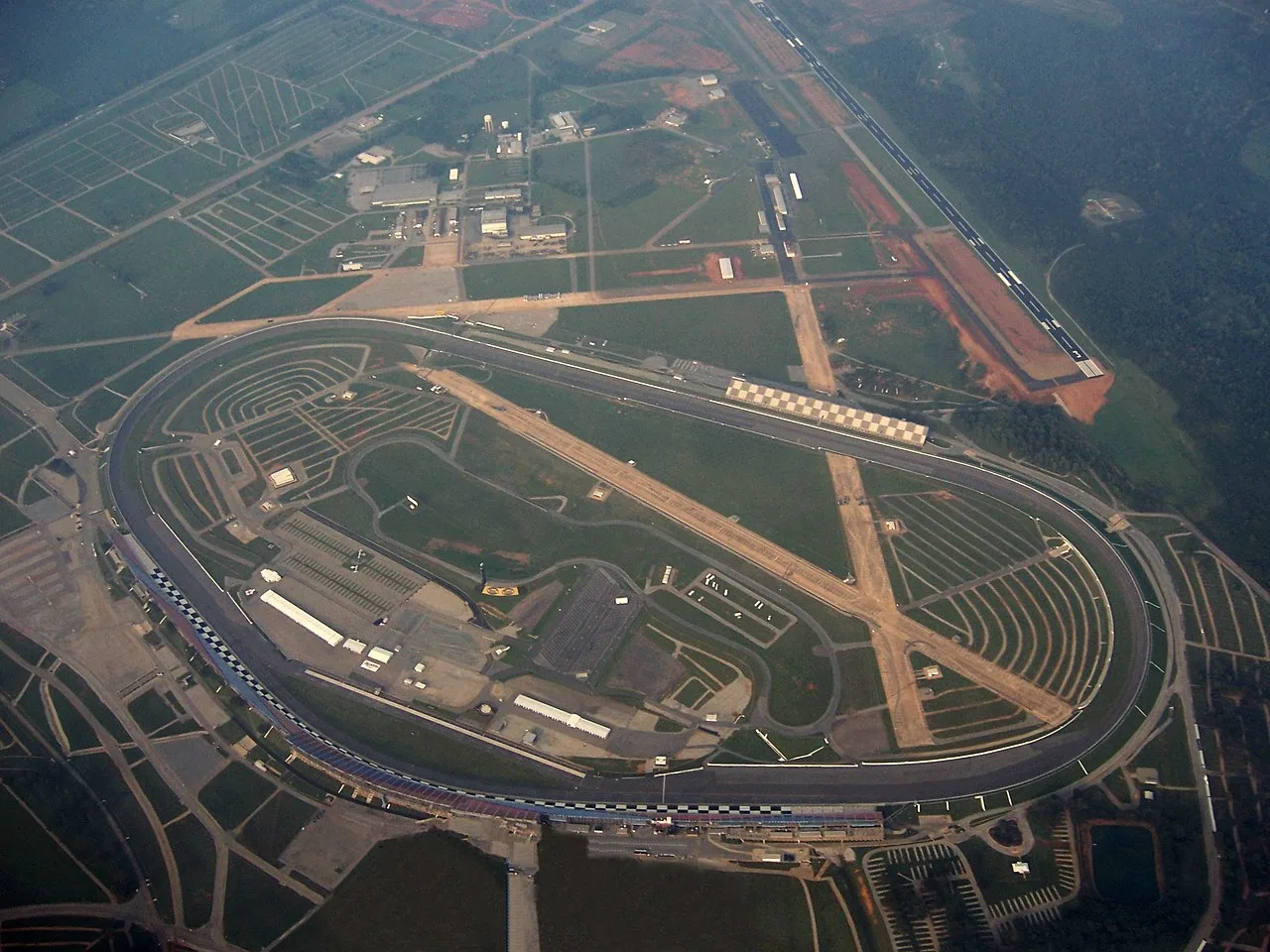
-
Talladega Superspeedway:
Located in Talladega, Alabama, this 2.66-mile superspeedway is one of the fastest and most dangerous tracks in NASCAR. The track has an asphalt surface, 33 degrees of banking, and a capacity of 175,000 spectators. The track is known for its high speeds and close racing, as well as its frequent crashes and controversies. The noise level at Talladega can reach up to 120 dB, which is louder than a chainsaw or a motorcycle. Some drivers have said that racing at Talladega is “like being in a war zone” or “like being in a tornado”. Some fans have said that they can hear the cars from miles away and that they need ear protection to enjoy the race.
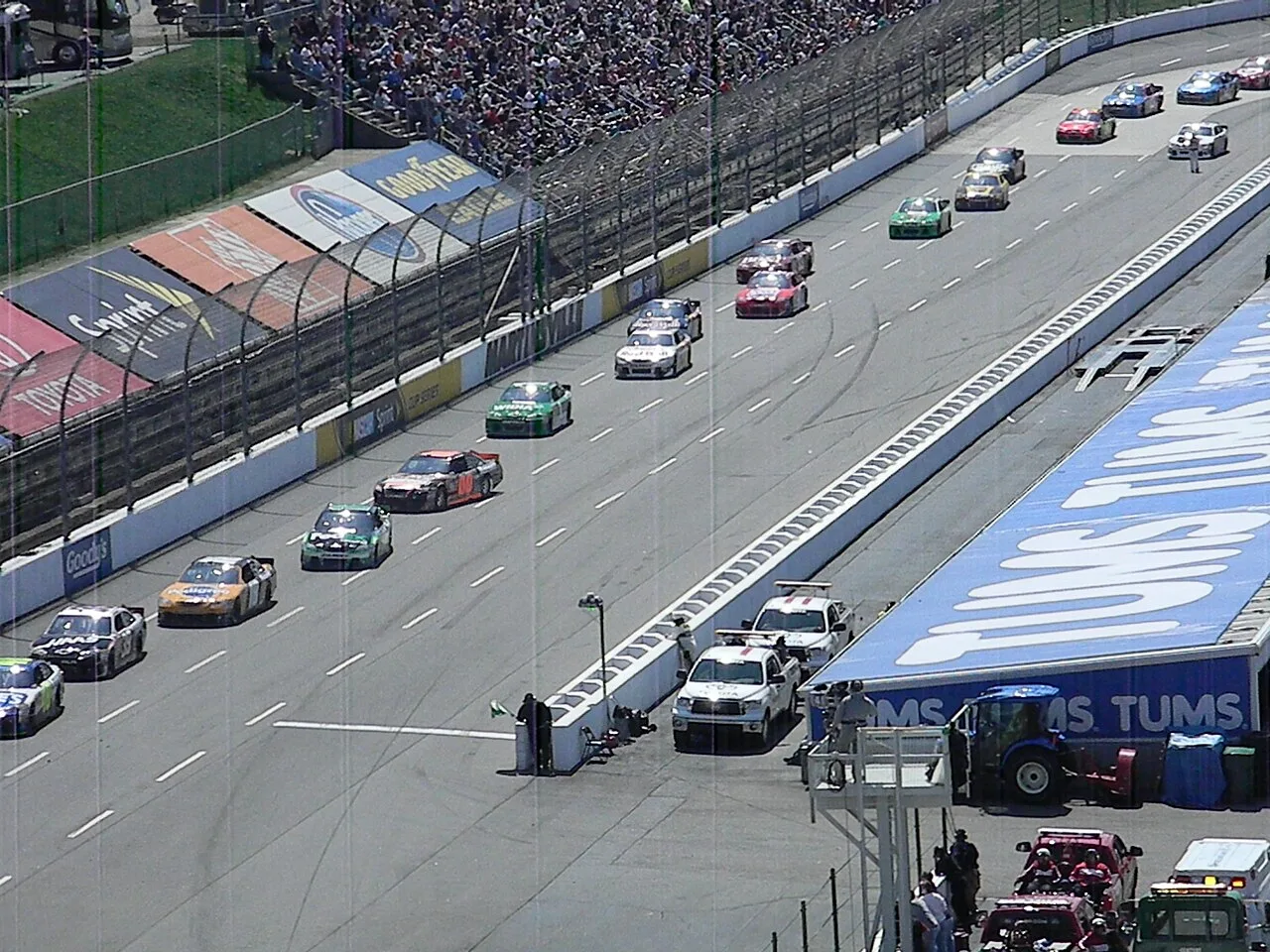
-
Martinsville Speedway:
Located in Martinsville, Virginia, this 0.526-mile short track is one of the oldest and most historic tracks in NASCAR. The track has a concrete surface, 12 degrees of banking, and a capacity of 55,000 spectators. The track is known for its tight corners and short straights, as well as its physical and technical racing. The noise level at Martinsville can reach up to 115 dB, which is louder than a jackhammer or a jet ski. Some drivers have said that racing at Martinsville is “like driving in a parking lot” or “like driving in a hornet’s nest”. Some fans have said that they can feel the cars shake the ground and that they need earplugs to watch the race.
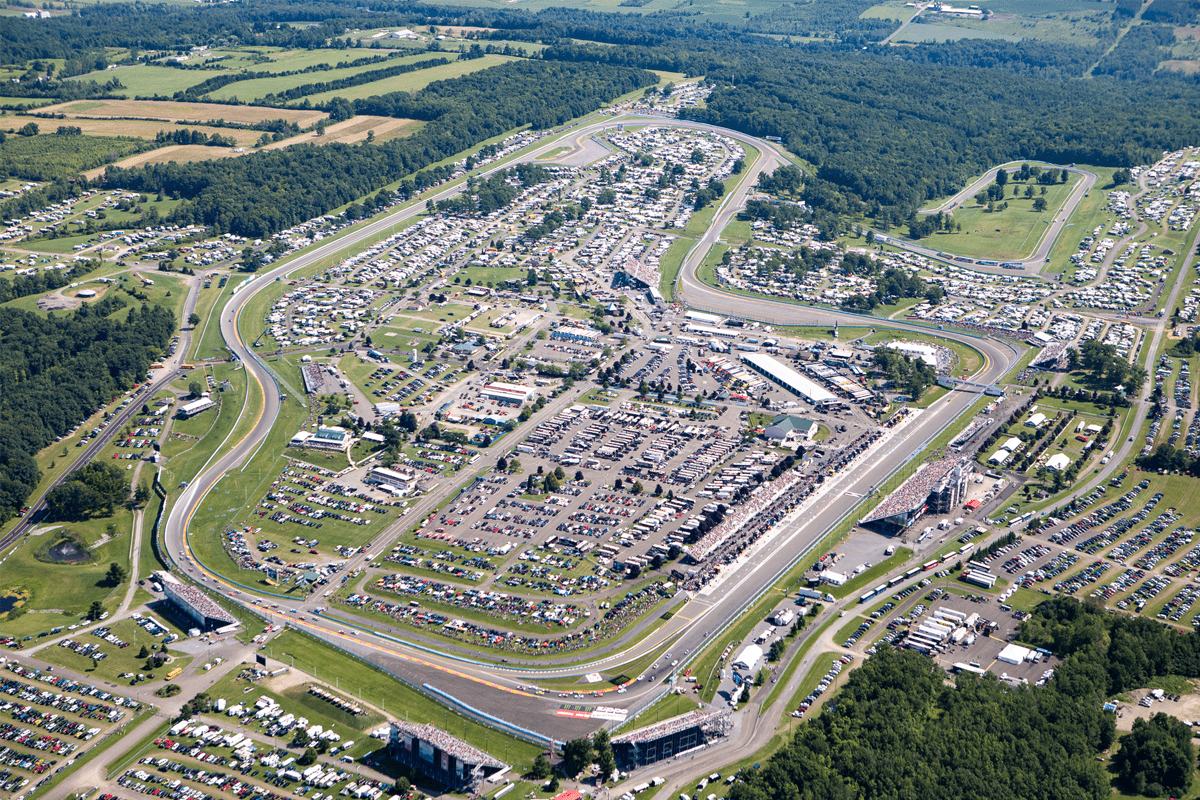
-
Watkins Glen International:
Located in Watkins Glen, New York, this 2.45-mile road course is one of the few non-oval tracks in NASCAR. The track has an asphalt surface, various degrees of banking, and a capacity of 41,000 spectators. The track is known for its challenging layout and scenic location, as well as its diverse and competitive racing. The noise level at Watkins Glen can reach up to 110 dB, which is louder than a car horn or a power drill. Some drivers have said that racing at Watkins Glen is “like driving on a roller coaster” or “like driving on a mountain road”. Some fans have said that they can hear the cars echo through the hills and that they need headphones to listen to the race.
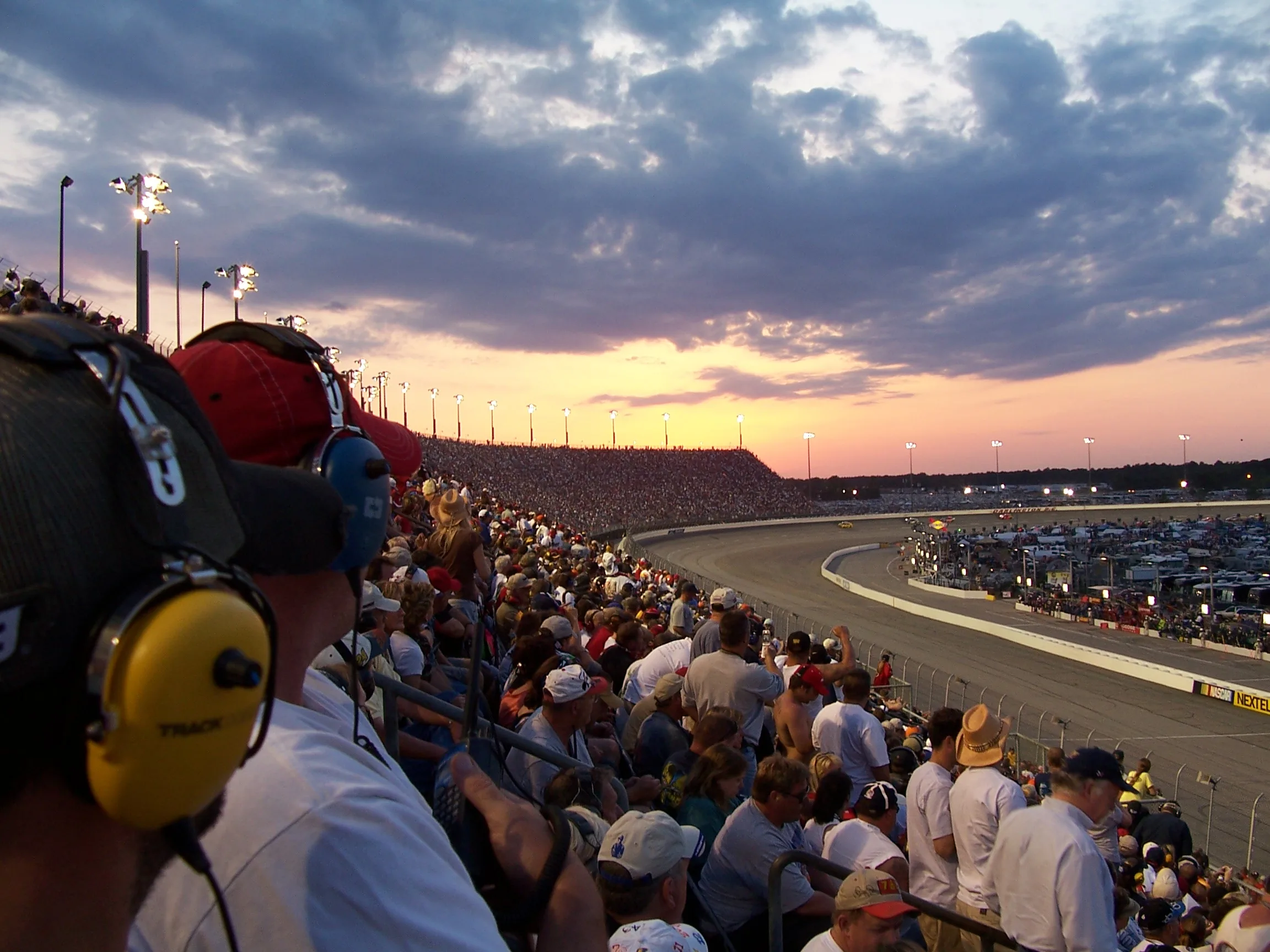
-
Darlington Raceway:
Located in Darlington, South Carolina, this 1.366-mile intermediate track is one of the most unique and difficult tracks in NASCAR. The track has an asphalt surface, 23 to 25 degrees of banking, and a capacity of 58,000 spectators. The track is nicknamed “The Lady in Black” or “The Track Too Tough to Tame” because of its egg-shaped design and abrasive surface that cause frequent tire wear and damage. The noise level at Darlington can reach up to 105 dB, which is louder than a lawn mower or a garbage disposal. Some drivers have said that racing at Darlington is “like driving on ice” or “like driving on sandpaper”. Some fans have said that they can hear the cars scrape the wall and that they need earmuffs to protect their ears.
How to Enjoy a Loud NASCAR Race Safely
As you can see, NASCAR races are very loud events that can pose a risk to your hearing health. According to the Centers for Disease Control and Prevention (CDC), exposure to noise levels above 85 dB for prolonged periods can cause permanent hearing loss. Therefore, it is important to protect your ears when attending a loud NASCAR race. Here are some tips on how to do that:
-
Choose the right ear protection device:
There are many types of ear protection devices available, such as earplugs, earmuffs, headphones, or custom-made devices. Each device has its own advantages and disadvantages, depending on the level of noise reduction, comfort, convenience, and cost. You should choose the device that suits your needs and preferences, and make sure it fits well and blocks out unwanted noise. You can also use a combination of devices for extra protection, such as earplugs and headphones.
-
Use the ear protection device correctly:
It is not enough to just wear an ear protection device; you have to use it correctly to get the maximum benefit. You should follow the instructions on how to insert, adjust, and remove the device properly. You should also check the device regularly for any damage or wear and tear, and replace it if necessary. You should also avoid taking off the device during the race, as this can expose your ears to sudden and loud noises that can damage your hearing.
-
Enhance your racing experience with other senses:
While protecting your ears from loud noises, you can also enjoy the race with your other senses. You can use your eyes to watch the cars zoom by and admire the colours and designs. You can use your nose to smell the fuel and rubber. You can use your touch to feel the vibrations and heat. You can also use your taste to enjoy some snacks and drinks. By engaging your other senses, you can have a more immersive and enjoyable racing experience.
Conclusion
NASCAR races are exciting and thrilling events that attract millions of fans around the world. However, they are also very loud events that can harm your hearing if you are not careful. In this article, we have explored some of the loudest NASCAR tracks in history and why they are worth visiting. We have also provided some tips on how to enjoy a loud NASCAR race safely without damaging your hearing. We hope you have learned something new and useful from this article, and we encourage you to share your opinions or experiences with loud NASCAR tracks in the comments below.
